
Music and instruments go hand in hand. It is important for beginners or professional musicians to have basic understanding of instruments in order to master the technique of playing these instruments.
Instruments have been grouped into different categories to make it easier for everyone. There are 5 different types of musical instruments. While most enthusiasts are familiar with string and percussion instruments, there is another important and often overlooked category- ‘woodwind family instruments’. Many of us are not fully aware of the complete range of woodwind instruments list.
So, in this exciting post, we will introduce you to the complete woodwind instruments list with pictures and names.
Woodwind family instruments are musical instruments that produce sound by blowing air into a cylindrical body. Flutes and reed instruments are famous examples of woodwind instrument list.
They are called woodwinds because they were traditionally made of wood, but now they are made of both wood and metal. Woodwinds are distinguished from other wind instruments by the way sound is produced. Click here to learn about the woodwind instrument family.
Apart from String and percussion instruments woodwind instruments are also quite famous in Australia, let's have a look at the wind instruments market in Australia.
According to the report of Statista: -

There is different list of musical instruments, each with its own unique sound, and people listen to the music produced from them every day. Checkout the complete list of all musical instruments with names & types.
Now let's look at how these amazing woodwind instruments evolved during different time periods: -
The first known woodwind instrument appeared over 43,000 years ago in the form of a flute carved from the thigh bone of a bear. Other flutes from this time period have been discovered to be made from bird bones and mammoth tusks, chosen for their hollowness once the marrow has been removed.
The first reed instruments were thought to have been animal calls, appearing around 10,000 BCE and made from the stalks of plants. These primitive instruments were considered double reeds, and it wasn't until around 2700 BCE that single reed instruments were invented, namely the Egyptian memet.
Thereafter, simple single-reed instruments, historically called idioglots, became as common as flutes in many civilisations throughout the world.
In modern times, various woodwind instruments have been developed with increasing complexity around the world. Orchestral woodwinds, including the clarinet, saxophone, and oboe, originated in Europe in the 17th century and gained significant popularity during the Baroque period.
The most recent significant changes to the woodwind family took place in the early 20th century with the introduction of variations of many Western orchestral woodwinds.
Playing a musical instrument from woodwind musical instruments list can be a satisfying experience for novices and professional musicians as well, so, here are some simple and easy playing techniques you can follow: -
One popular technique of playing a woodwind instrument is circular breathing, which allows the player to produce a continuous sound without interruption. This is achieved by breathing in through the nose while pushing air out through the mouth.
The tongue has a significant role in technique as well. Using the tongue to interrupt airflow can change the tone of the note or notes being played.
Creating a "tee" sound while playing a flute or reed instrument produces a note with a sharper beginning, while creating a "da" sound softens the tone of a note.
Double-tonguing is used to perform rapid notes that are too fast for standard articulation. This is achieved by creating a repetitive "tee-kee" sound with the tongue.
A rarely used and more challenging technique is called flutter-tonguing, which produces a unique, fluttering note.
This method involves rapidly rolling the tip of the tongue while playing. Each of these techniques requires more air volume than usual to execute properly.
Here we have prepared a comprehensive woodwind instruments list with pictures and names. These instruments are: -
Let's understand more about these woodwinds instruments list and their features below: -
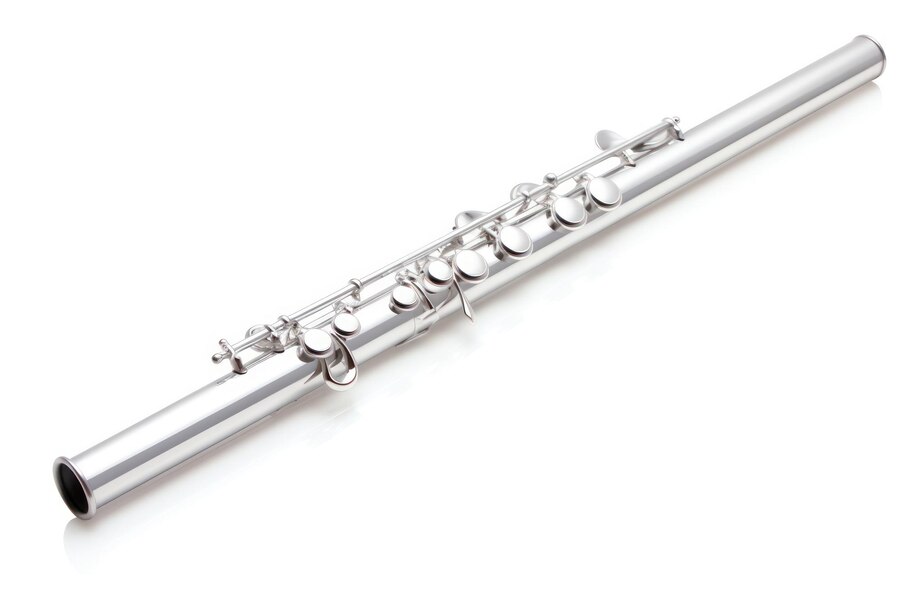
The flute is the oldest instrument in the list of all woodwind instruments. Flutes are usually made of metal such as silver, gold, or platinum, and the mouthpiece features an opening on the side near the top of the instrument.
The musician holds the flute on its side and creates sound by blowing air across the hole. Pitch is controlled by covering the holes in the instrument body with either the fingers or depressing keys. Flutes are commonly used to play the melody in music.
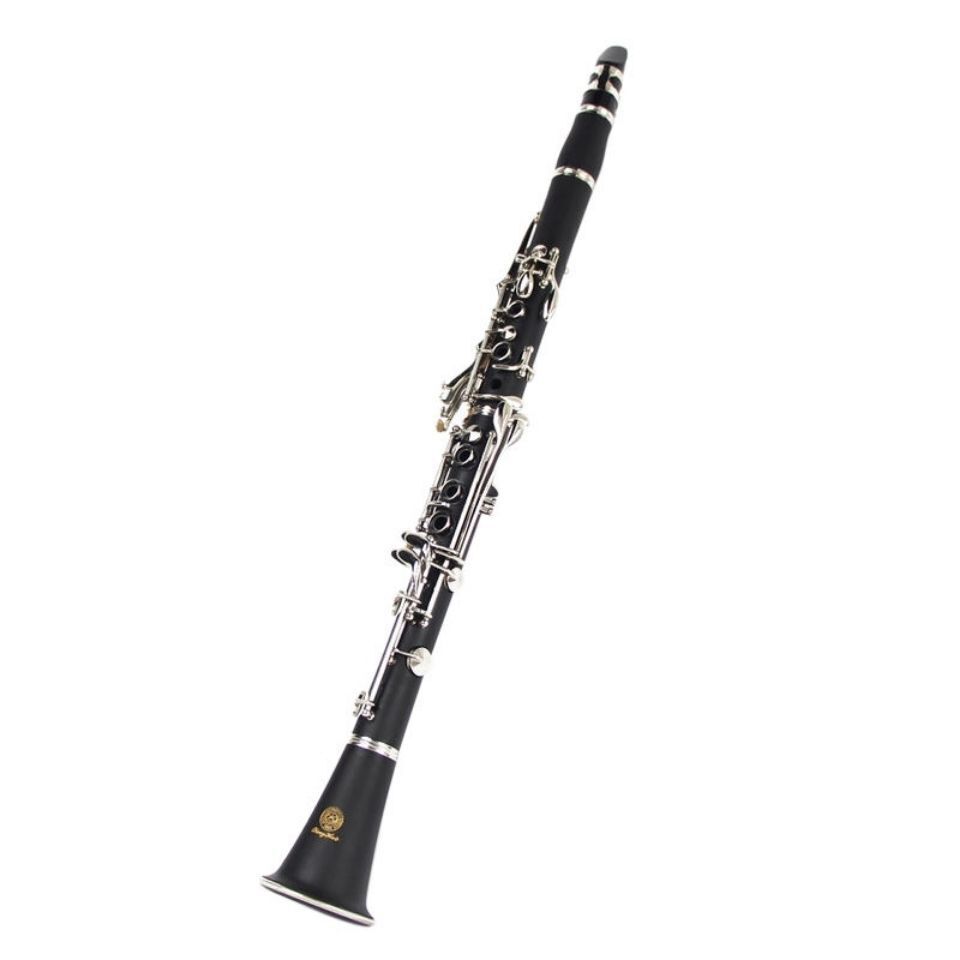
The clarinet is the most common musical instrument in the woodwind instruments list. It is often made of wood but can also be made of plastic. The instrument has a complex system of metal keys used to cover holes to create pitch.
Clarinets are played by blowing air over a thin piece of wood on the mouthpiece called a reed, which vibrates to create sound. The clarinet is a single-reed instrument. There are different sizes of clarinets that produce a wide range of pitches.
The most common clarinet is the B-flat clarinet, which is a little over two feet long. The E-flat clarinet is about half that length and plays higher-pitched notes, while the bass clarinet is much larger and plays lower notes.
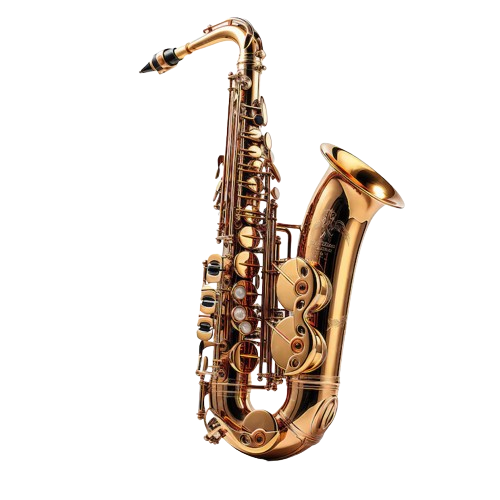
The saxophone is a metal woodwind instrument. It is similar to the clarinet, as it is also a single reed instrument that is held and played upright. It is most often used in jazz and blues music but has also found a place in orchestras.
Saxophones produce a bright, almost horn-like sound, contrasting with the smoother sounds of the clarinet, although their ranges are similar.
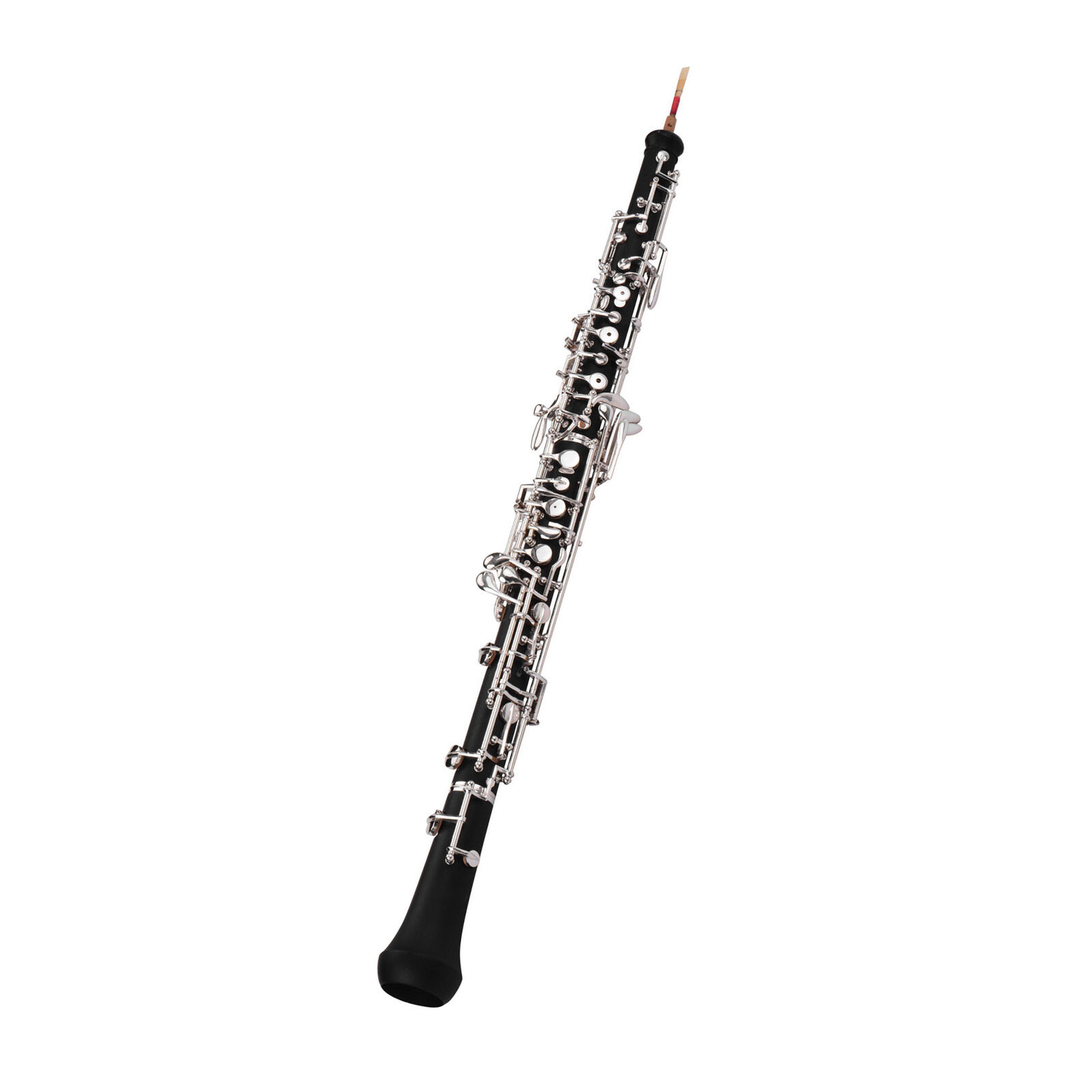
The oboe is a double reed instrument from the woodwind musical instruments list that plays in the treble and soprano range. Sound is produced by blowing into the reed and vibrating a column of air. The tone of the oboe has been described as "bright".
The coranglais is part of the oboe family and is also a double-reed woodwind instrument. It is one and a half times the length of the oboe and is pitched in F, a fifth lower than the oboe. This instrument is played the same as the oboe.
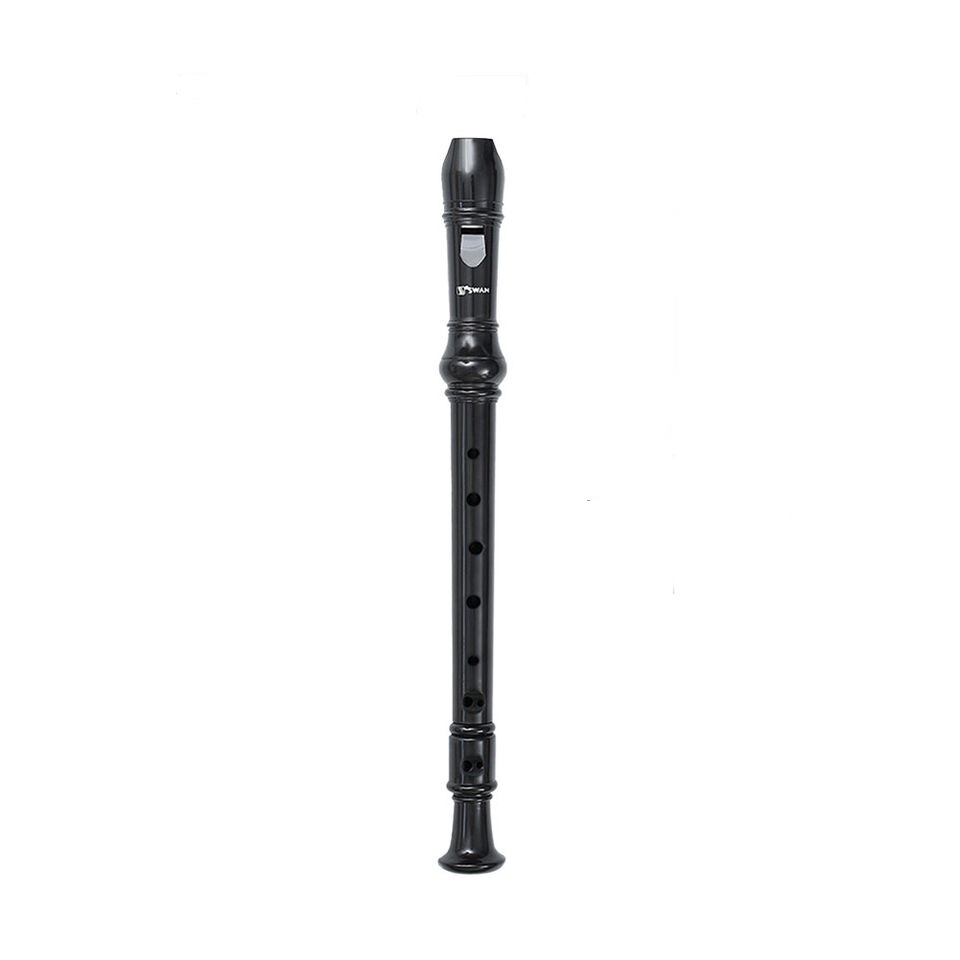
The recorder is commonly used for solo music. It has 7 finger holes that are used when playing. Blowing into the instrument produces different notes based on which holes your fingers cover.
Recorders are usually tuned in C or F, with their lowest note being a C or an F. This instrument is great for children and is commonly used in primary schools because they are usually made of plastic and are inexpensive.
Recorders can be made out of different materials including wood, plastic, or ivory. They are very durable and affordable.
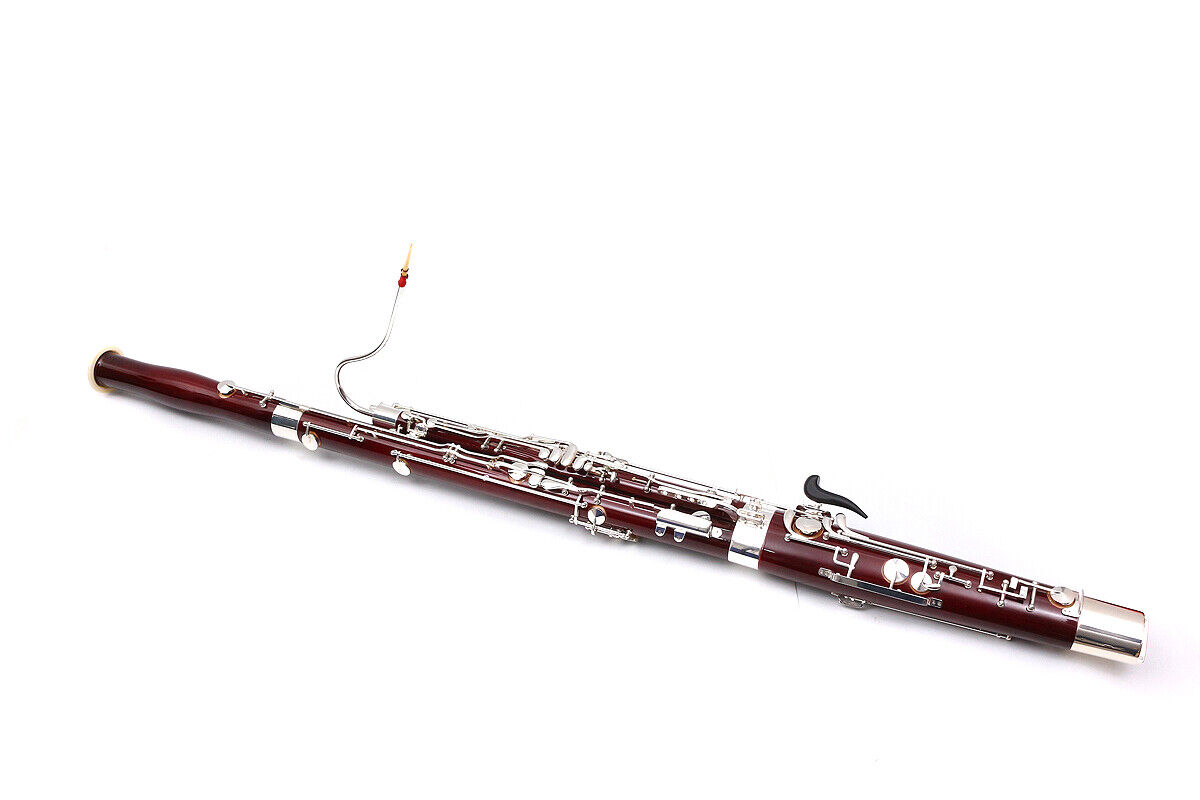
The bassoon is the final instrument from this woodwinds instruments list. Like other woodwinds, bassoons are cylindrical wood instruments played by blowing air through a reed on the mouthpiece.
Similar to the oboe, bassoons are double-reed instruments. Bassoons, however, look different than other woodwind instruments because they are much larger. The cylinder of the bassoon is actually doubled over so that the musician can play it comfortably.
If straightened out, the bassoon would be nine feet long. The mouthpiece of the bassoon is a curved metal extension off the side of the instrument, rather than at the top.
After going through the woodwind instruments list with pictures you might be interested to pick an instrument to fulfill your passion for music, but which one should you consider among all these options?
Here we have mentioned some tips you can follow to select an ideal instrument from this woodwind musical instruments list: -
Learning to play woodwind instruments is a fascinating experience. Each instrument, with its unique sound and construction, adds to the rich symphony of musical expression in Australia.
Whether serving as the backbone of an orchestra or the soul of traditional ethnic music, these woodwind instruments speak a universal language, telling stories of joy, sorrow, celebration, and contemplation, regardless of geographical or cultural origin.
So, the next time you listen to a piece of music, try to pick out the distinct sounds of the different woodwind instruments. You can rent woodwind instruments from InstruShare, a leading online store for music instrument rental in Australia.
Do you want to pursue your musical passion but worried about the costs? Renting an instrument in Australia has become affordable, checkout this post on how much to rent an instrument in Australia.
Are you a beginner and looking for a musical instrument to improve your creativity and skills? Well, Instrushare can provide an ideal solution for you.
Renting high quality woodwind instruments from InstruShare ensures you get the best musical experience.
Our extensive categories of musical instruments cater to both beginners and professionals as well, making it easy to find the perfect instruments for your needs. As the best woodwind instruments online store in Australia, at InstruShare, we provide both new and used woodwind instruments for rental to individuals as per their musical taste and preferences.
With flexible rental options and affordable prices in Australia InstruShare is your one stop destination for those looking for woodwind instruments in Melbourne, Australia.
Visit our woodwind instruments online store today and rent a woodwind musical instrument that suits your needs!